-
http://www.zjtot.com ha inviato un aggiornamento 3 anni, 7 mesi fa
The possibilities of motor impulse are also complex. Here, again, we need to look at the animal kingdom. Both animals and
birds have been observed making movements that, if they were humans, would certainly be described as dance, especially for
courtship, but also, with the higher apes in groups. Accompaniment for the latter can include foot-slapping, making more
sound than is necessary just for locomotion, and also body-slapping (Williams, 1967). Can we regard such sounds as music? If
they were humans, yes without doubt. So how far back in the evolutionary tree can we suggest that motor impulse and its
sonorous accompaniment might go? I have already postulated in my Origins and Development of xylophone musical
instrument (Montagu, 2007, p. 1) that this could go back as far as the earliest flint tools, that striking two stones
together as a rhythmic accompaniment to movement might have produced the first flakes that were used as tools, or
alternatively that interaction between two or more flint-knappers may have led to rhythms and counter-rhythms, such as we
still hear between smiths and mortar-and-pestle millers of grains and coffee beans. This, of course, was kite-flying rather
than a wholly serious suggestion, but the possibilities remain. At what stage did a hominim realize that it could make more
sound, or could alleviate painful palms, by striking two sticks or stones together, rather than by simple clapping? Again we
turn to Morley and to the capability of the physiological and neurological expression of rhythm.
